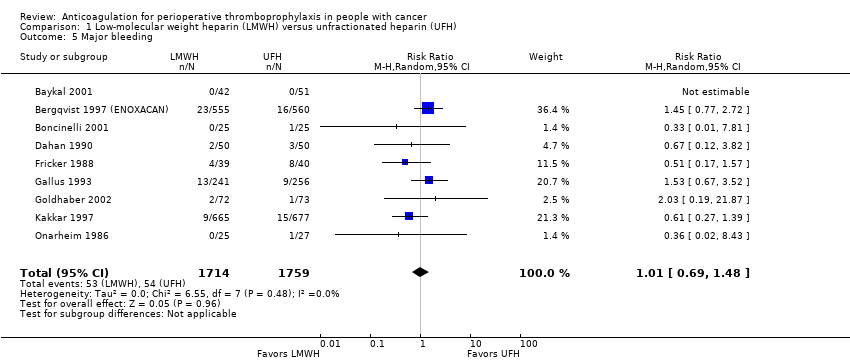Contenido relacionado
Revisiones y protocolos relacionados
Lara A Kahale, Ibrahim G Tsolakian, Maram B Hakoum, Charbel F Matar, Maddalena Barba, Victor ED Yosuico, Irene Terrenato, Francesca Sperati, Holger Schünemann, Elie A Akl | 1 junio 2018
Daniela R Junqueira, Liliane M Zorzela, Edson Perini | 21 abril 2017
Elie A Akl, Lara A Kahale, Maram B Hakoum, Charbel F Matar, Francesca Sperati, Maddalena Barba, Victor ED Yosuico, Irene Terrenato, Anneliese Synnot, Holger Schünemann | 11 septiembre 2017
Lara A Kahale, Maram B Hakoum, Ibrahim G Tsolakian, Fadel Alturki, Charbel F Matar, Irene Terrenato, Francesca Sperati, Maddalena Barba, Victor ED Yosuico, Holger Schünemann, Elie A Akl | 19 junio 2018
Lindsay Robertson, Lauren E Jones | 9 febrero 2017
Marie-Claude Pelland-Marcotte, Nour Amiri, Maria L Avila, Leonardo R Brandão | 18 junio 2020
Lara A Kahale, Charbel F Matar, Ibrahim G Tsolakian, Maram B Hakoum, Maddalena Barba, Victor ED Yosuico, Irene Terrenato, Francesca Sperati, Holger Schünemann, Elie A Akl | 8 octubre 2021
Chumnan Kietpeerakool, Amornrat Supoken, Malinee Laopaiboon, Pisake Lumbiganon | 23 enero 2016
Aniek AG Zee, Kelly van Lieshout, Maaike van der Heide, Loes Janssen, Heinrich MJ Janzing | 6 agosto 2017
Sherab Bhutia, Peng F Wong | 16 julio 2013























